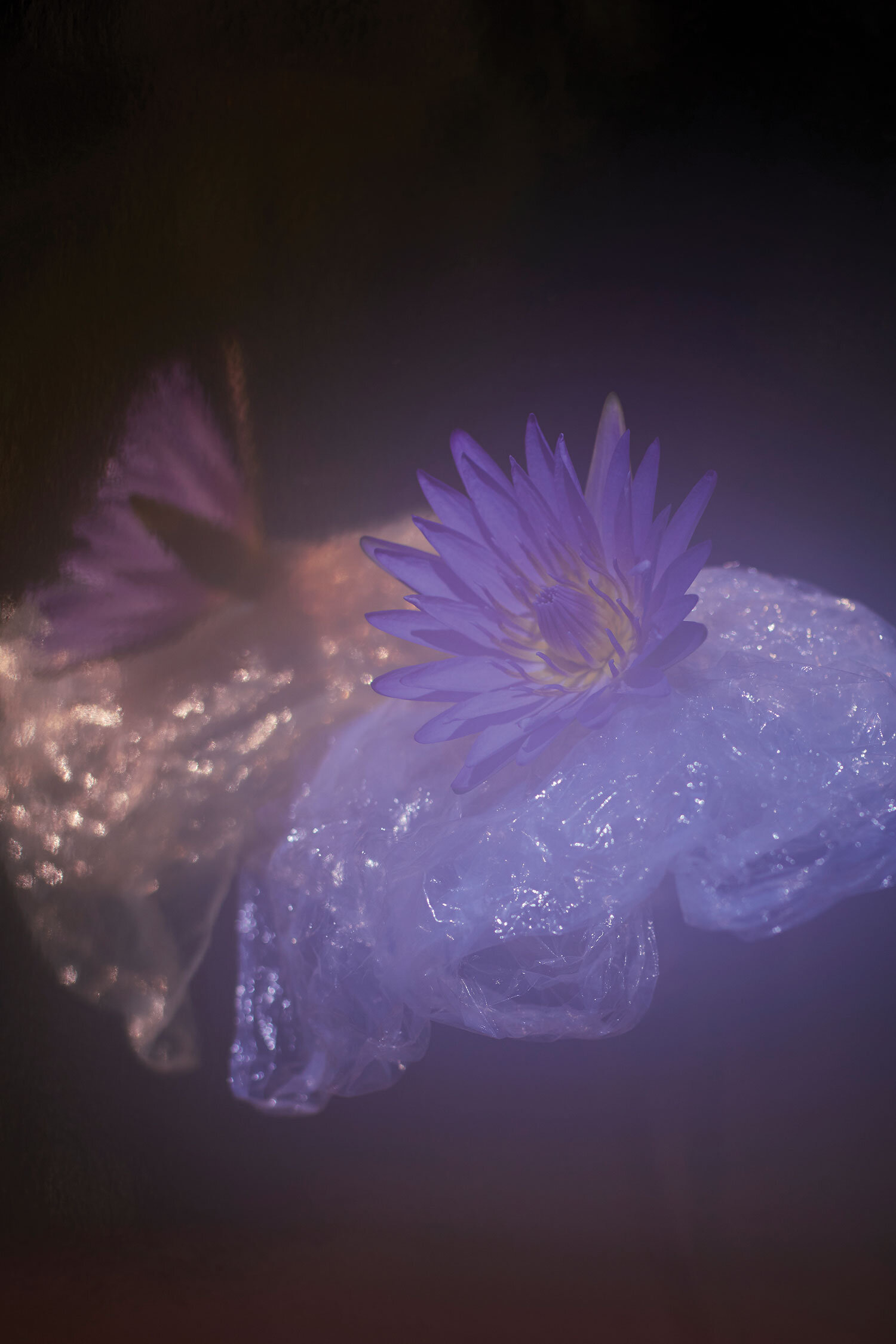The New Wrap Game
Bank Australia customers Julia and Jordy Kay have made the first ever Australian-made home compostable cling wrap. As with most great innovations, the path that preceded its creation was largely uncharted and unpredictable. We asked them about what exactly they’re producing in their solar-powered Melbourne factory and the things they’ve learned along the way. Words and Photos by Anna Hutchcroft.
Julia was at an architecture firm and Jordy made natural wine, working in industries with their own respective focuses on the natural environment. Having already divested away from fossil fuels and towards clean money with Bank Australia, they were both at the bleeding edge of technology and innovation. But when it came to integrity in sustainability, their ambitions far exceeded the confines of their jobs. While Jordy observed his hand-crafted wines packed into cases and then wrapped in industrial plastic wrap for shipment overseas, Julia was sourcing sustainable materials for construction, only to find them arriving in single-use plastic. This, combined with their love for the ocean and fury with plastic, became the spark that would eventually lead them to Great Wrap. Created for both domestic and industrial use, Great Wrap is made from the waste product of potato chips and breaks down into carbon and water in less than 180 days – in your home compost bin!
What were some of the factors that led to you creating Great Wrap?
Before we started Great Wrap, we couldn’t have possibly imagined that this would become our lives. We knew we wanted to make a difference and do something meaningful for the world as a whole, but we were so naive when we started this process. It grew into a shape of its own – the more we started talking about it, the bigger and more exciting it became. We had both been obsessed with the environment around us in our past careers. I was working in architecture and Jordy was making natural wine. We were both privy to some incredible technological advancements in the work that we were doing, however we didn’t see it translating into products available for consumers. We could see that there was a material revolution happening and we could also identify the problems that would exist if we didn’t try and get these solutions in front of customers. It was in the midst of these realisations that Great Wrap was born.
How did you come across the material that it would eventually be made of?
A lot of research! And a lot of chats with experts. We are also doing work with Monash University to continue to develop our formulas so that we are able to localise our food waste feed stocks. In layman’s terms, Great Wrap is made from a series of biopolymers. A company we work with gets the waste from making potato chips; they then separate the starches and convert them into a byproduct that we are able to use in the place of petroleum-based plastics conventionally used in the manufacturing of cling wrap.
What have you learned about yourselves in the process of creating Great Wrap?
We’re a lot more determined than we imagined!
Have you encountered any surprising things about our composting systems (both domestically and industrially) that most people might not be aware of?
My favourite composting fact is that if 1 per cent of the global population composted food scraps instead of throwing them in the bin, it would save 45 million kgs of CO2 which is the same as taking about 60,000 cars off the road each year.
In order to cultivate a healthy compost bin, I’ve learned that you need things from three basic categories. Browns (like dead leaves, branches, and twigs), greens (like grass clippings and veggie waste) and water. For those wishing to compost Great Wrap, how should they balance it out with other things they put in the bin?
Compost bins are actually all about balance – like a lot of things in life! The balance between the ratio of nitrogen (greens) and carbons (which are your browns) is critical. When our compost starts to get a bit stinky we top it up with some pea straw to try and bring the nitrogen levels down. Great wrap breaks down into carbon and water. By this logic we classify Great Wrap as ‘brown’ when it comes to the composting colour charts. The more nitrogen in the compost the more enzyme activity there is meaning the faster your compost bin will decompose. It’s important not to put too many browns into your compost bin as this can really slow it down. We try to keep to a ratio of one-third greens to two-thirds browns. Throwing a couple of worms in there too keeps it extra healthy.
Being the first in Australia to develop a compostable cling wrap is a pretty huge accolade, and we’re sure it’s keeping you pretty busy. But have you got any other plans percolating at the moment? What can we expect to see from you in the future?
Our goal is to put an end to the use of petroleum-based plastics. We’ve started with cling wrap because Australians put 150,000 tonnes of it in landfill each year. So that made it feel like a good place to start. We aren’t stopping there though. We are doing a lot of really exciting research and development that we can’t wait to get out into the world. Stay tuned.



